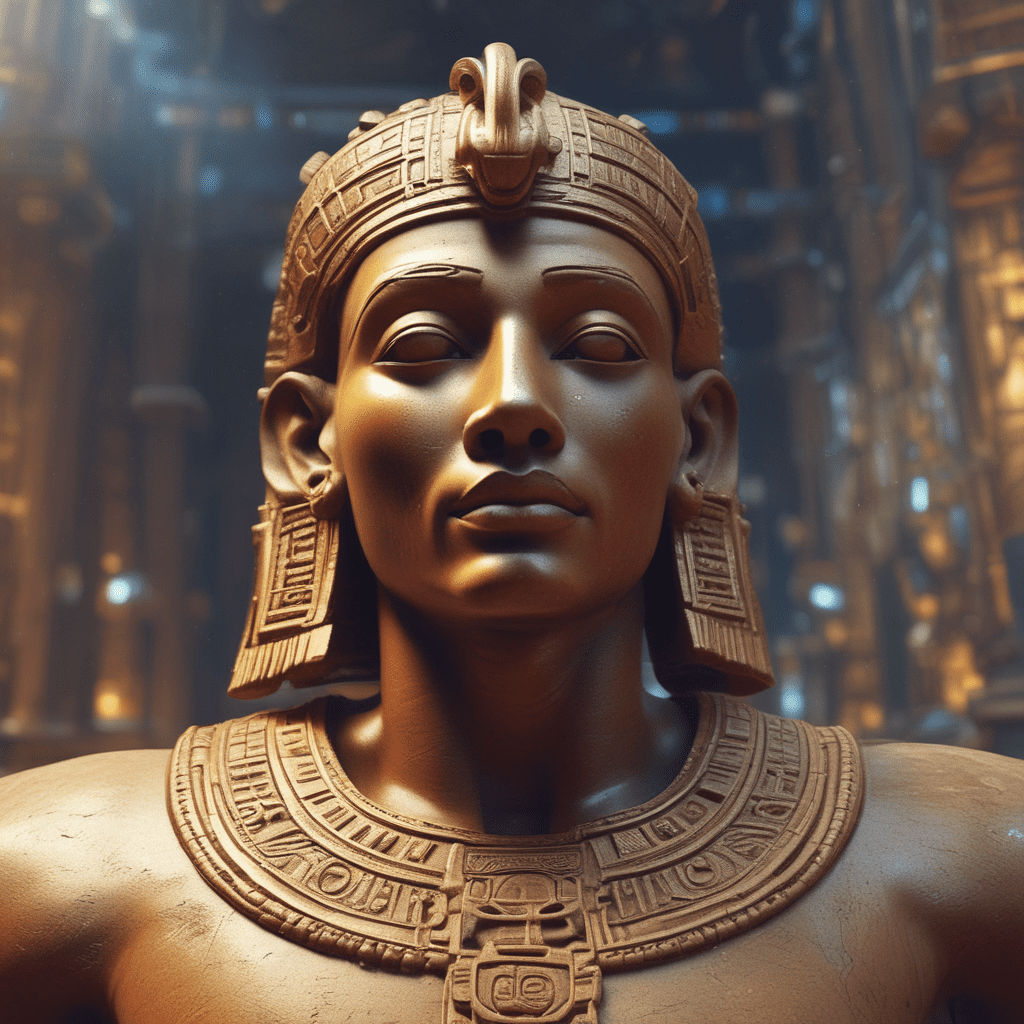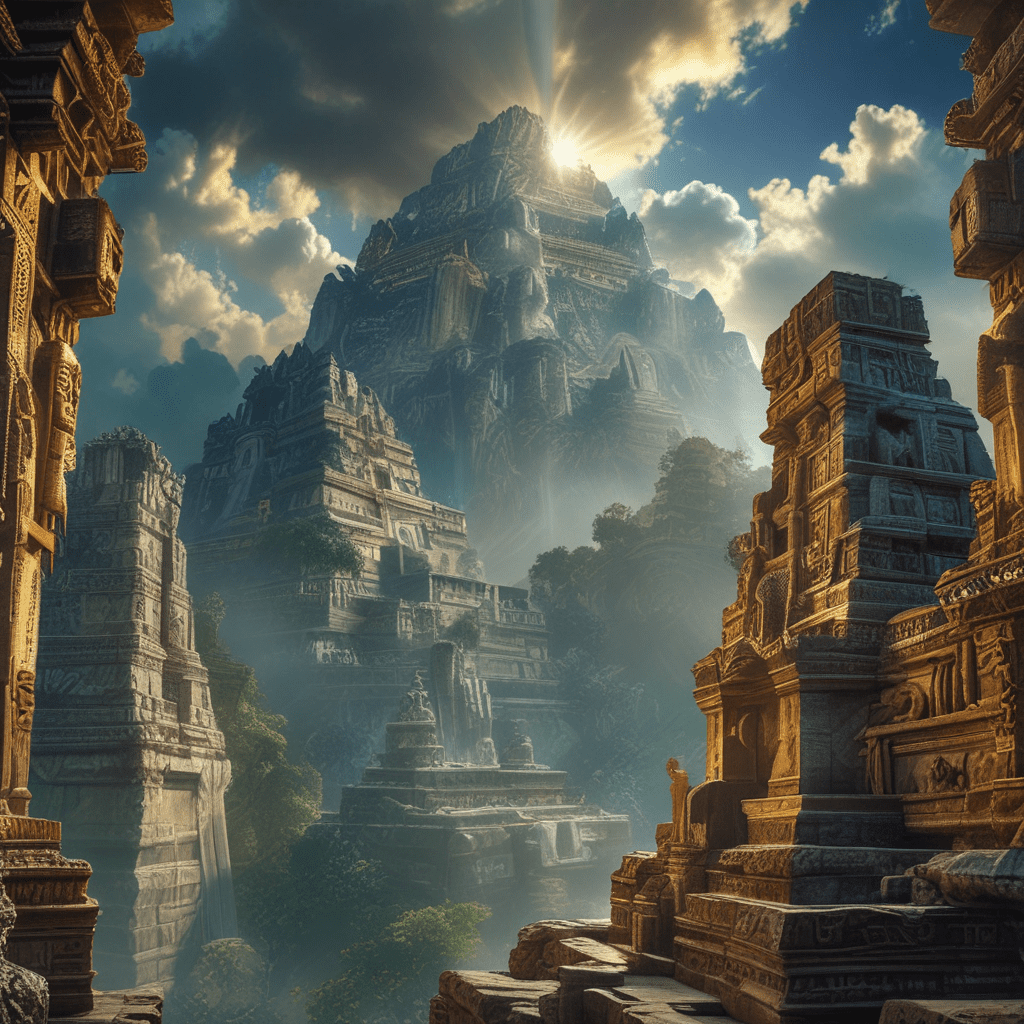The Myth of the God Atum in Egyptian Mythology
Egyptian mythology is rich with tales of powerful gods and goddesses who shaped the world. One of the key figures in Egyptian cosmogony is Atum, the creator god. Let’s unravel the myth of Atum and delve into the significance of this deity in ancient Egyptian beliefs.
Who is Atum in Egyptian Mythology?
Atum is often depicted as a man wearing either the royal headcloth or the dual crown of Upper and Lower Egypt. He is associated with the sun, and his name is sometimes translated as ‘the complete one’ or ‘the finisher of the world’. In the Heliopolitan creation myth, Atum is considered the first god, self-created at the beginning of time.
Creation of the World by Atum
According to Egyptian mythology, Atum existed in chaotic waters called Nun before creation began. Using his powers, Atum stood on a mound that emerged from the waters and started the process of creation. Atum then created the first divine couple, Shu (air) and Tefnut (moisture), who gave birth to Geb (earth) and Nut (sky), completing the cycle of creation.
Symbolism and Legacy of Atum
Atum represents the concept of self-creation, renewal, and rejuvenation. As the setting sun, Atum merges with Osiris in the underworld during the night, only to rise again with the sunrise, symbolizing the cyclical nature of life, death, and rebirth. His role as both creator and finisher signifies the perpetual cycles of existence.
The worship of Atum played a significant role in Egyptian religion, particularly in relation to the concept of Ma’at (harmony and balance). His association with the sun cult influenced pharaohs, linking them to Atum’s divine power and ensuring cosmic order in the kingdom.
Exploring the myth of Atum provides insights into the ancient Egyptian understanding of creation, time, and the divine. His legacy continues to resonate in Egyptian art, literature, and religious practices, showcasing the enduring influence of this powerful deity in the tapestry of Egyptian mythology.
Frequently Asked Questions about the Myth of the God Atum in Egyptian Mythology
Who is Atum in Egyptian mythology?
Atum is a prominent deity in ancient Egyptian mythology, often considered a creator god associated with the sun and the primeval mound that emerged from chaos. Atum is typically depicted as a man wearing either the dual crown of Upper and Lower Egypt or the sun disk.
What is the significance of Atum in Egyptian mythology?
Atum is believed to have played a crucial role in the creation of the world, as he was thought to have created himself and the first gods through self-generation. He is associated with the concept of completeness and totality, representing the beginning and end of the universe.
How did Atum create the world according to Egyptian mythology?
According to Egyptian myths, Atum created the world by bringing order out of chaos. He is said to have emerged from the waters of Nun and then created the first deities by spitting or masturbating. Atum is often linked with the act of creation through his own divine will and self-producing nature.
What are the attributes or symbols associated with Atum?
Atum is commonly symbolized by the solar disk, the scarab beetle, the lion, and the serpent. These symbols represent aspects of creation, protection, and power that Atum embodied in Egyptian mythology. The act



